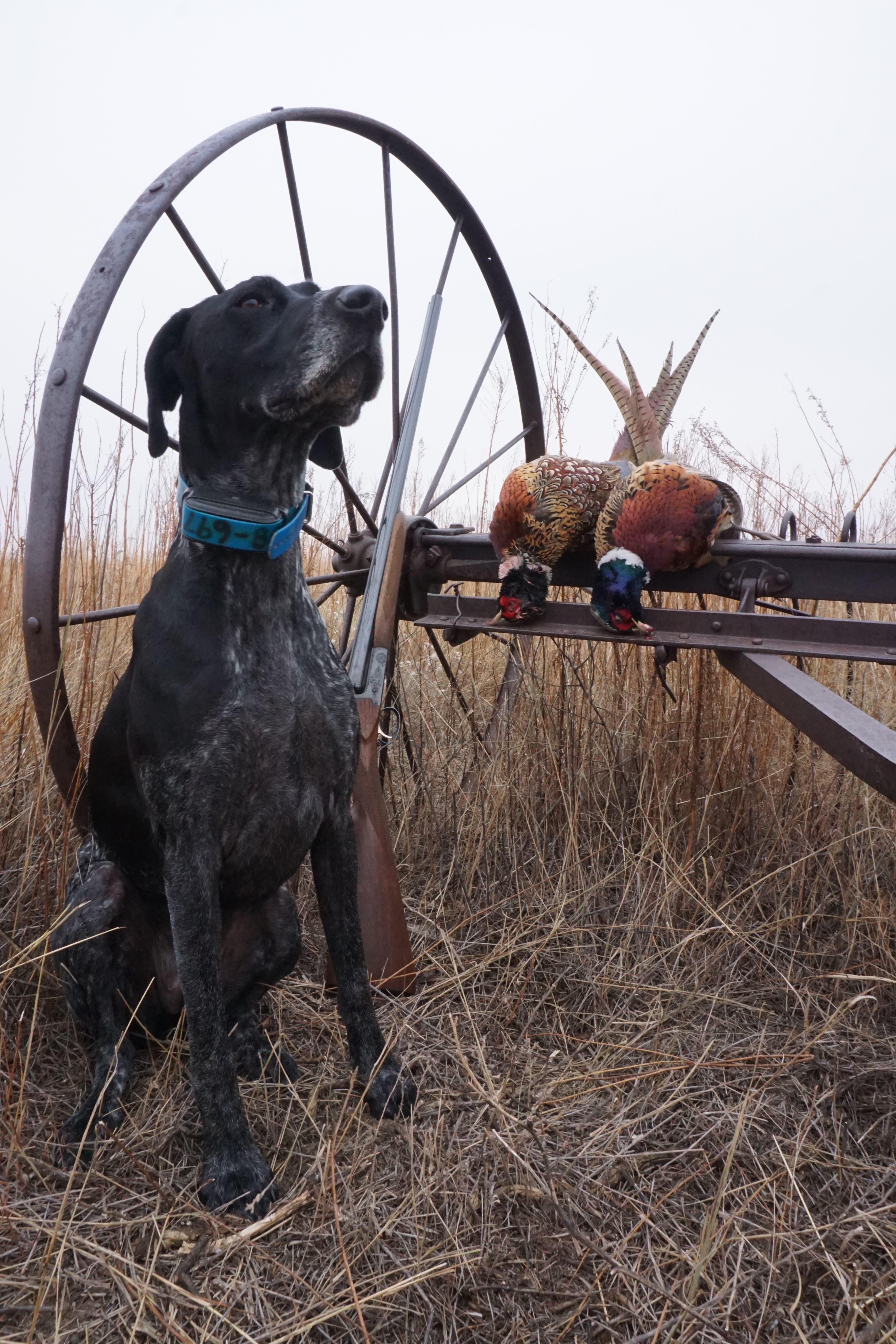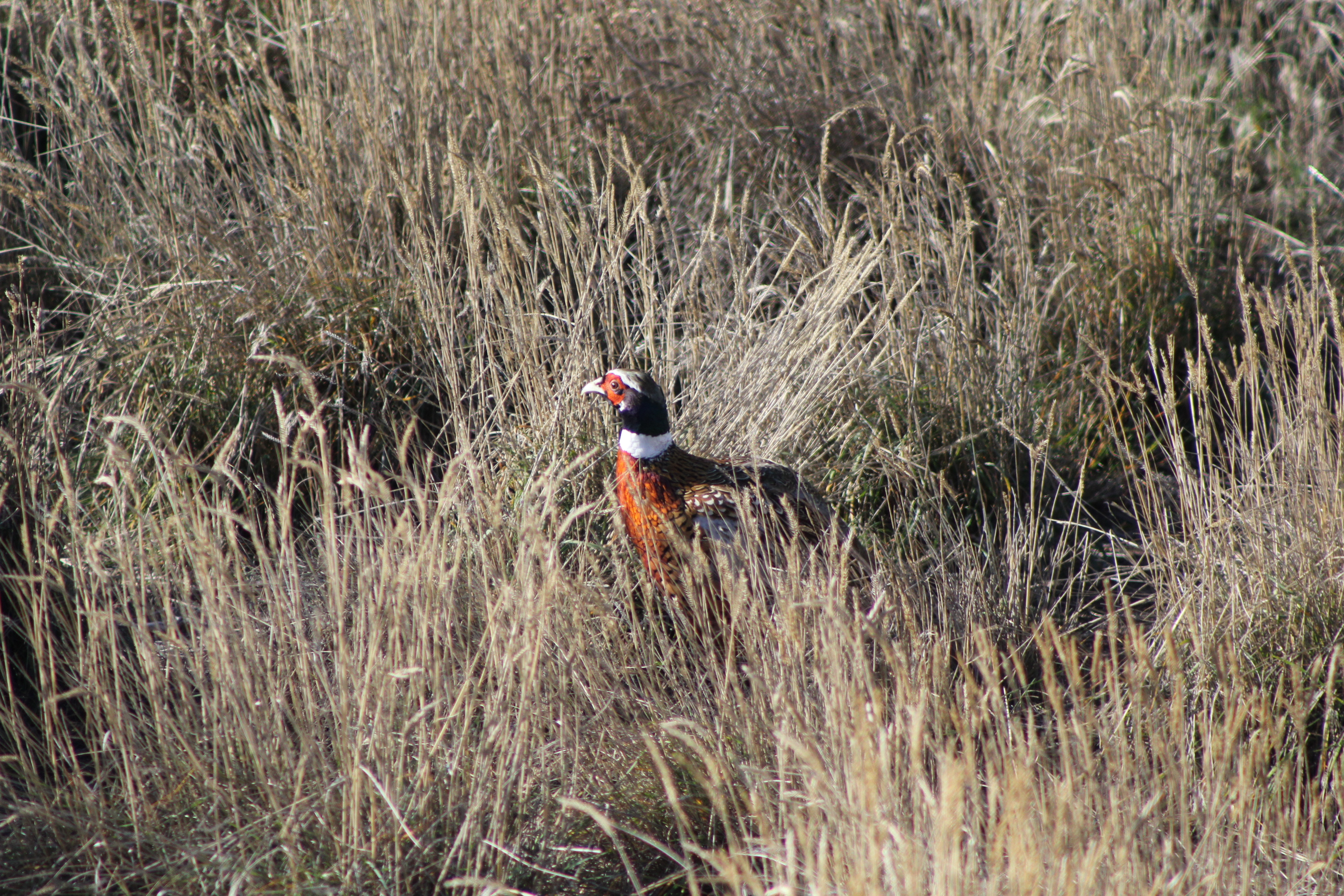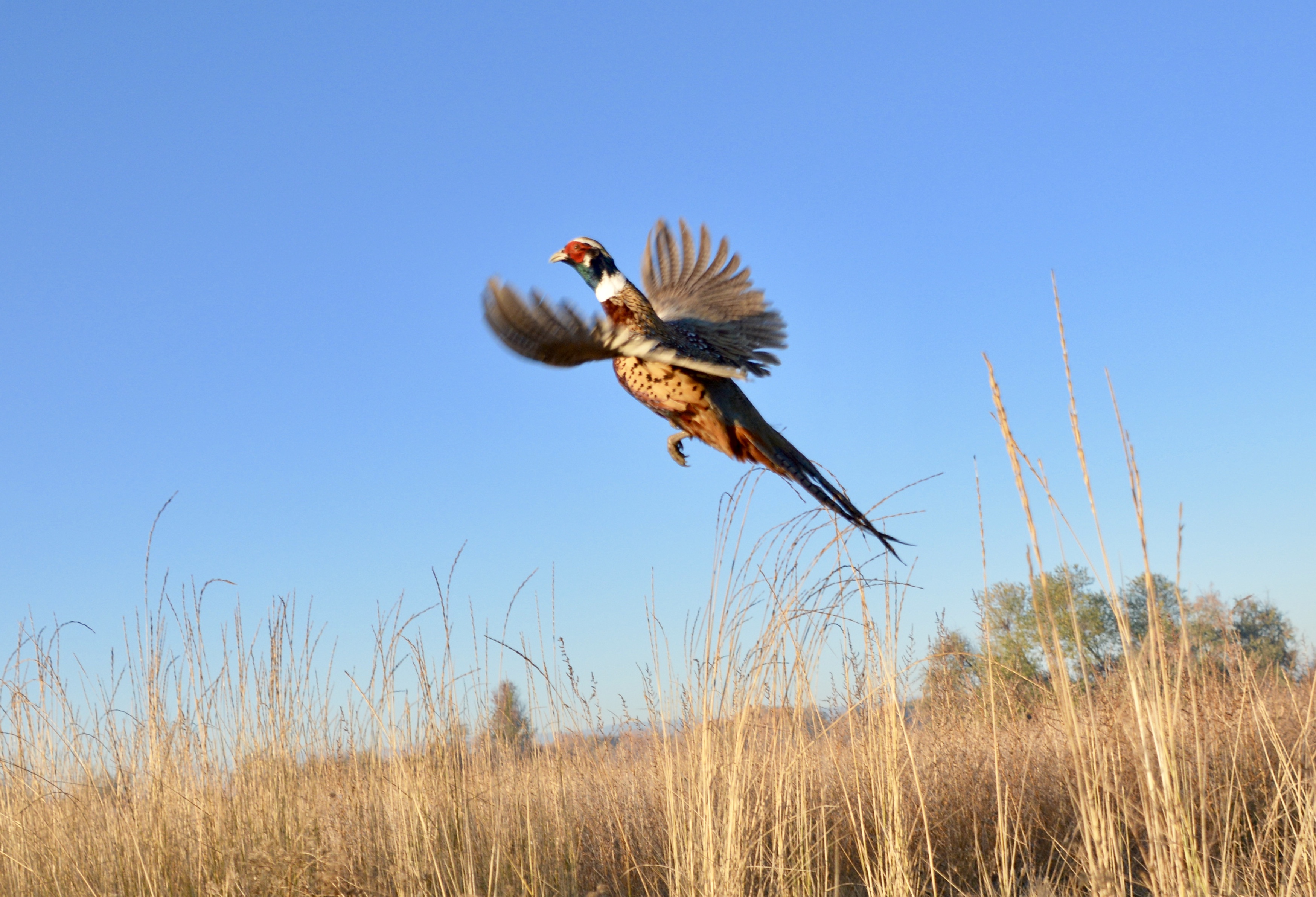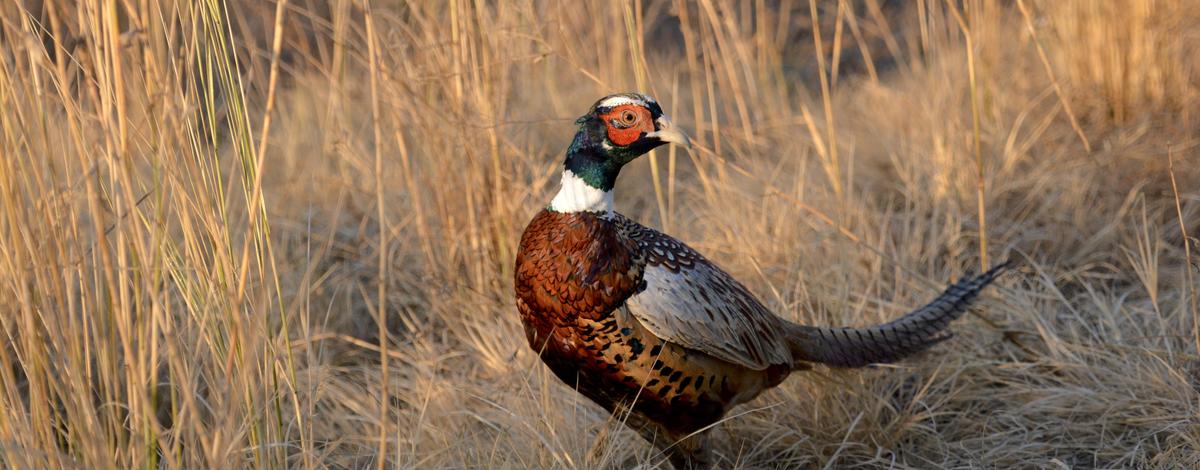If you would like to try pheasant hunting, youth seasons for licensed hunters 17 years or younger run Oct. 2-8. Youth must be accompanied by an adult 18 years or older. Adult seasons vary across the state depending on area and whether the hunter is a resident or nonresident. Check the Upland Game, Turkey and Furbearer Seasons and Rules booklet for more information on pheasant seasons.

Ring-necked pheasants were first introduced to Oregon from China in 1881. Since then, pheasants have been introduced across the country. These prized game birds are a treat to hunt and eat. To be a successful hunter, you need to know about your quarry’s habitat and behavior. Let’s take a look at this staple of fall hunting.
In Idaho, ring-necked pheasants are widely distributed in agricultural areas intermixed with taller vegetation. Look for them along rural roadsides, overgrown and recently harvested fields, brushy areas and fence rows. Pheasants may be found along the Snake River Plain from the Oregon border to central Idaho.
They are present in lower densities in agricultural habitats below 5,000 feet in eastern Idaho and below 4,000 feet in northern Idaho from Benewah County south to Whitebird. The highest pheasant harvest typically occurs in the Southwest, Magic Valley and Southeast regions. Some of the best hunting can be found off the beaten path and on private lands where much of the best habitat occurs. Hunters willing to do some walking and knock on doors may find good success.

An important habitat need for pheasants is dense cover. Nesting cover needs to be at least 18 inches high. The nest is a shallow depression scratched out by the female. Usually 10 to 12 eggs are laid, but sometimes two hens use the same nest. This may increase the number of eggs found in one nest to 23. In about 24 days, the eggs hatch.
The young are precocial, meaning they are able to walk and find food on their own just after hatching. Permanent cover that provides protection from winter weather is also important. Winter shelter may be found in bushes and trees along waterways, shelterbelts and fencerows.
Pheasants need abundant water and food. They forage on the ground for grain, seeds and insects. A good place to look for pheasants are harvested fields with waste corn, wheat and barley.

Pheasants usually walk or run. They fly when disturbed at close range. Strong breast muscles supply bursts of power. Pheasants are capable of a heart-jumping flush. They launch almost vertically at speeds close to 40 miles-per-hour. The launch is impressive, but they can’t sustain flight for great distances. Pheasants usually don’t cover more than about 200 yards in a single flight. Hunters with a good pointing dog or those quick on the draw will have the greatest success at getting a shot.

